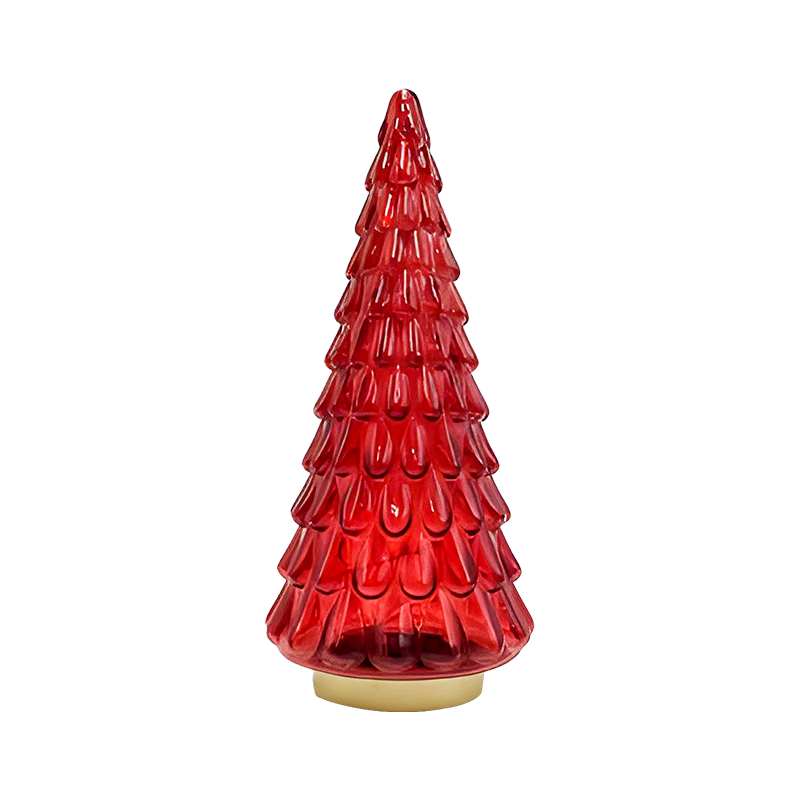Compared with traditional incandescent lamps and fluorescent lamps, what advantages does LED LIGHT have in energy saving?
Compared with traditional incandescent lights and fluorescent lights, LED lights have significant advantages in energy saving, mainly in terms of energy efficiency, service life and environmental friendliness.
Energy efficiency is the most intuitive manifestation of the energy-saving advantages of LED lights. Incandescent lights have low energy efficiency, with only about 10% of electrical energy converted into light energy, and the remaining 90% of electrical energy wasted in the form of heat energy. Although the energy efficiency of fluorescent lights is higher than that of incandescent lights, there is still energy loss, and usually only about 30%-40% of electrical energy is converted into light energy. In contrast, the energy efficiency of LED lights is far superior to both. LED lights can convert more than 90% of electrical energy into light energy, and the energy efficiency is several times or even more than ten times that of traditional lights, which means that under the same brightness of lighting, LED lights consume much less electricity.
The service life of LED lights is also longer than that of traditional lights. The service life of incandescent lights is only about 1,000 hours, while the service life of fluorescent lights is usually around 5,000 hours. In contrast, the service life of LED lights can reach more than 25,000 hours, or even longer. This means that although the initial price of LED lights is higher, their longer service life and lower maintenance costs greatly reduce the overall cost of use.

In terms of environmental impact, LED lights also show obvious advantages. Both incandescent lights and fluorescent lights contain harmful substances, such as tungsten filaments in incandescent lights and mercury in fluorescent lights, which pose potential hazards to the environment. LED lights do not contain mercury and other toxic substances, and have less impact on the environment during manufacturing and disposal, which meets the requirements of green environmental protection. In addition, LED lights have better heat dissipation performance and generate less heat, which helps to reduce the use of electrical appliances such as air conditioners, thereby further reducing energy consumption.
The adjustability of light effect is also a prominent feature of LED lights in energy saving. LED lights can adjust the intensity and color temperature of light as needed, and different brightness and color temperature can meet the lighting needs of different occasions. For example, LED lights can automatically adjust the brightness through intelligent dimming systems to meet the lighting needs in different time periods and environments, thereby further saving electricity. In contrast, incandescent lights and fluorescent lights cannot be adjusted as flexibly as LED lights, resulting in energy waste.
LED lights are far more energy-efficient than traditional incandescent and fluorescent lights due to their high efficiency, long life, environmental friendliness and adjustability. These advantages not only help consumers reduce electricity bills, but also make positive contributions to environmental protection. Therefore, LED lighting is increasingly widely used in various fields such as homes, businesses, and industries, becoming the mainstream choice of modern lighting technology.


 English
English Español
Español












